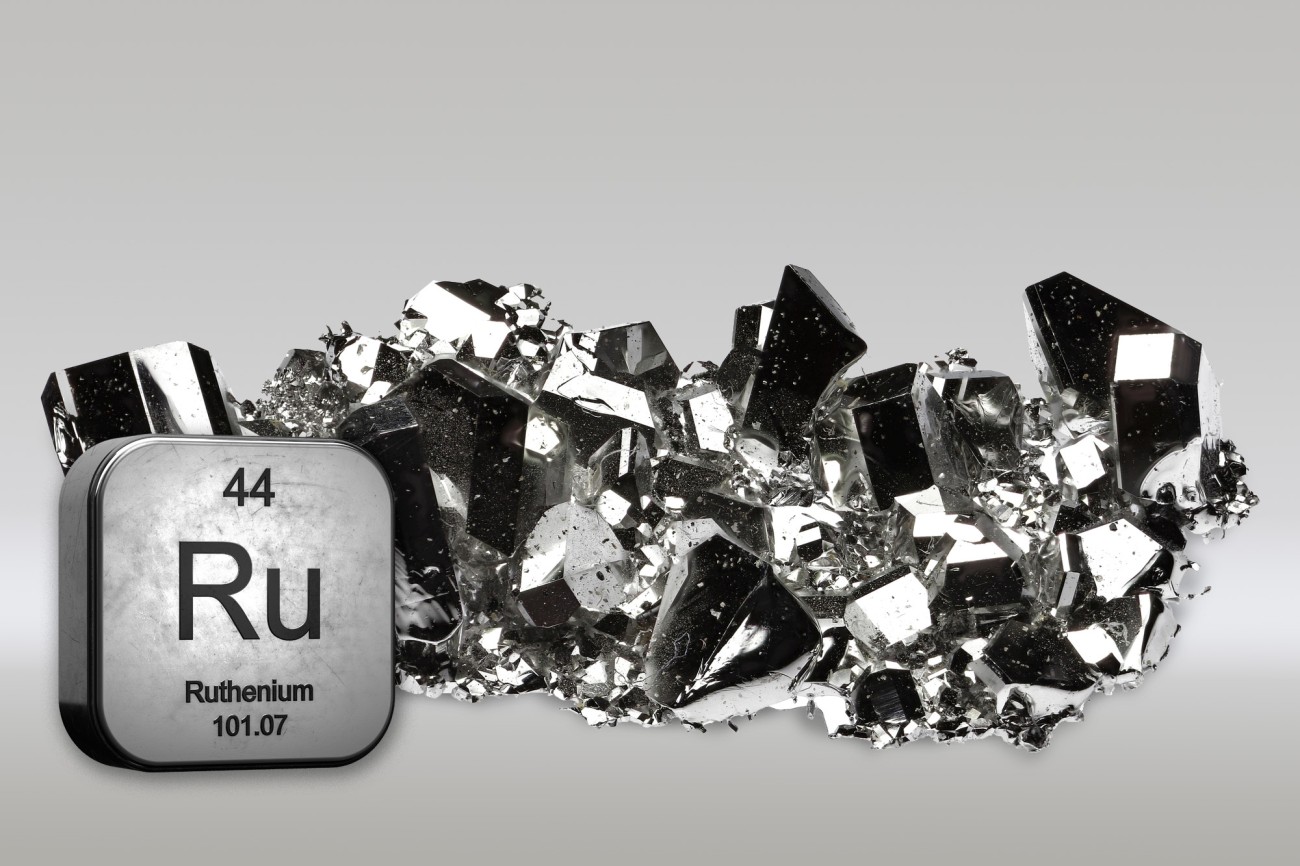
New catalyst for PEM
Submitted by:
Andrew Warmington
Heraeus Precious Metals launched a new ruthenium-based catalyst for proton exchange membrane (PEM) water electrolysis at the P2X conference in Frankfurt in November. Developed with South African firm Sibanye-Stillwater, this is said to combine the high activity of ruthenium-based catalysts with unprecedented stability during hydrogen production.
The company added that 40% of the planned 175 GW of hydrogen due onstream by 2030 is expected to be produced using PEM electrolysis, which itself depends on iridium. About 400 kg of iridium is required to build one GW of capacity but this needs to be reduced to 100 to avoid supply bottlenecks as only nine tonnes/year of iridium are mined worldwide.
The new catalyst can reduce iridium use by 85%. It is said to solve the problem of ruthenium’s lack of stability in a PEM electrolyser stack “by combining both ruthenium and iridium oxide in a novel manner, enhancing stability while maintaining the increased catalytic activity provided by ruthenium”. It can also achieve up to 50 times higher mass, Heraeus said, while accelerated degradation tests confirmed its stability after 30,000 cycles, with significantly lower activity loss than for ruthenium oxide and on a par with iridium oxide.
